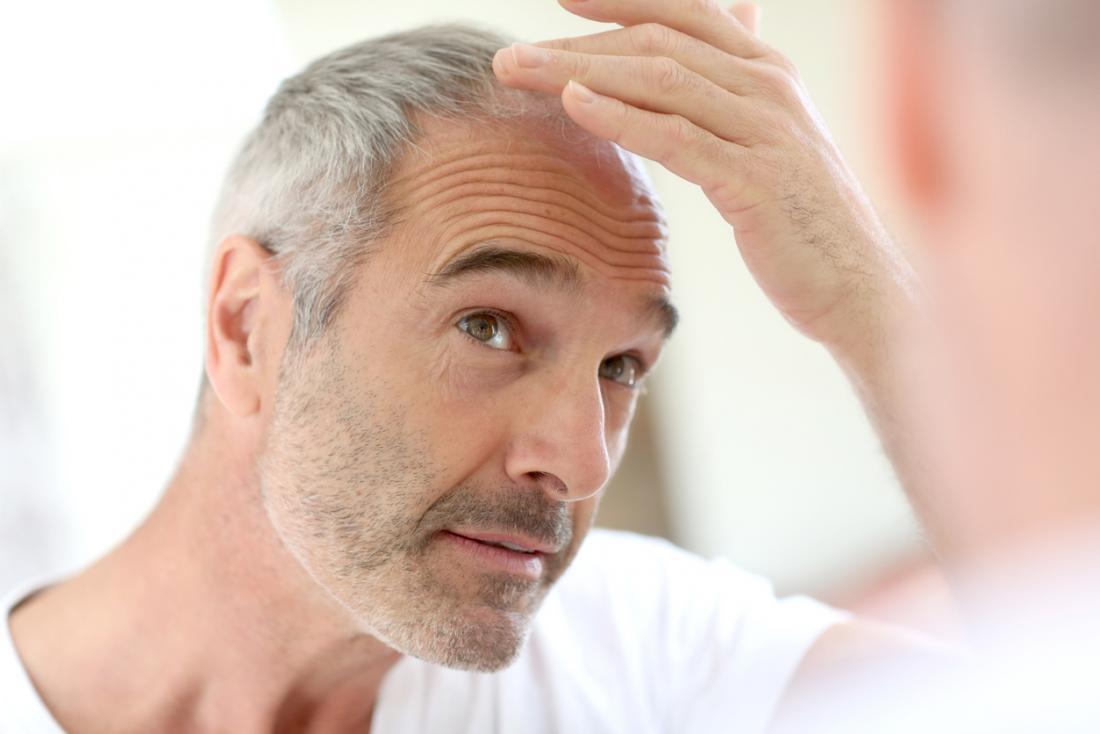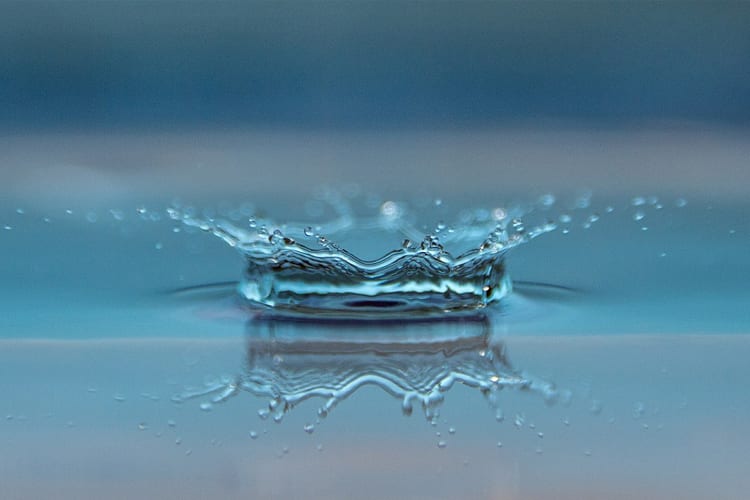HOW TO MEASURE MALE PATTERN HAIR LOSS IN TORONTO AND WHY YOU NEED TO MEASURE IT BEFORE SEEKING TREATMENT
When you come to realize you are losing hair, in most cases panic will set in first and then likely want to see a hair loss clinic for consultation to start treatment right way to restore your hair. This is all well and good. While fast action is great to prevent additional hair loss, it’s always important from a professional stand point to first measure male pattern hair loss ,how fast you are losing hair before starting treatment.
Fortunately there are a number of classification systems that can help you measure the extent of baldness or hair loss if you live in Toronto and Greater Toronto Area. In Canada, the Hamilton-Norwood Scale is among the more popular scales used to by hair loss clinics and patients to measure alopecia or male pattern baldness syndrome.
With this, the Norwood Scale is very easy to use because it is based on a series of reference images that help easy identification of the various stages or levels of baldness in men. Based on the extent and patterns of your hair loss, the Norwood scale provides seven stages of classification which is referenced against an image showing a specific level and pattern of baldness.
Depending upon which picture matches the patient’s hair loss level and pattern; hair loss technician will have the ability to measures the extent of male pattern baldness and the severity of baldness and suggest the appropriate hair loss treatment for the patient.
At Hair Loss Clinic, We use AAPE Hair Loss Therapy to stop hair loss and provide strategies and options for faster hair growth in Greater Toronto Area. AAPE is mixture of refined growth factors extracted from human adipose-derived cells conditioned media and induces proliferation of dermal papilla cells of human hair follicles to make hair regrow twice faster. We use AAPE rather than PRP (Platelet-Rich Plasma), for Hair Loss, to increase total hair count etc. Contact us today at 647.492.9093 for a free consultation or visit our website here: https://www.hairlossclinic.ca
During our in-off consultation with clients, perhaps one of the biggest questions we get ask all the time is: Why Do I need To Measure My Hair Loss especially if you are already losing hair? This is a great question, well one reason to measure hair loss is because it can be deceiving and in fact, we all loss a certain amount of hair daily, weekly, monthly and year. On average men tend to loss 50 to 100 hairs each day so if you notice your hair falling out in the shower, it could be completely natural.
The fact is measuring your hair loss is important because it will help you determine what treatment works best in Toronto and Greater Toronto Area.
NORWOOD SCALE TO MEASURE MALE PATTERN HAIR LOSS:
If you are a man living in Toronto or the Greater Toronto Area and believe that you are suffering from male hair loss, then using the Norwood Scale is a good to measure the level of your hair loss. The Norwood Scale has seven stages, ranging from minor hair loss, no hair loss to complete baldness.
- Stage 1. Is considered the least problematic level of baldness as there is insignificant hair loss nor hairline recession.
- Stage 2. Generally dubbed the adult or mature hairline. Here, the reference image shows a minor recession of the hairline, primarily near the temple region.
- Stage 3. Indicates the initial signs of clinically significant balding with a deeply recessed hairline, in V, U or M shape, at both the temples.
- Stage 4. The severity of hairline recession exceeds that of stage 2, and hair is sparse or absent on the top of the scalp or vertex. A band of hair connects the two bald areas.
- Stage 5. Here, the area of hair loss in the two spots are bigger than in the previous stage. Although still lying separately, the two bald patches are connected by a thinner and sparser band of hair.
- Stage 6. The bald areas in the temple zone converge with th bald zone at the vertex. At this stage, the connecting band of hair is virtually non-existent. at the vertex.
- Stage 7. This stage signifies the highest level of hair loss with barely a band of hair skirting the sides of the head. Hair texture is fine, and its density is also very less.
PRP VS AAPE FOR HAIR LOSS, WHICH IS A BETTER TREATMENT?
PRP (platelet-rich plasma) therapy for hair loss is a three-step medical treatment in which a patient’s blood is drawn, processed, and then injected into the scalp. … Sometimes this approach is combined with other hair loss procedures or medications.
Because PRP therapy involves injecting your own blood into your scalp, there carries a risk of side effects such as injury to blood vessels or nerves, infection, calcification at the injection points, and scar tissue. There is also the chance that you could have a negative reaction to the anesthetic used in the therapy.
The AAPE procedure is safer, easier, cleaner, non-invasive, and painless. AAPE does not require any blood to be taken from you like PRP. There is no anesthetic required for the treatment. PRP in the best condition, contain 10-15 growth factors.
To Conclude:
There are a number of options available to you in Toronto and Greater Toronto Area to free you from the clutches of male pattern baldness or hair loss. Some patients use AAPE Hair Loss Treatment while others use PRP to facility faster hair growth and restoration.
PRP is a process in which a quantity of your blood is extracted, then centrifuged and finally injected into your scalp. But for those who don’t particularly fancy the idea of getting their blood drawn and centrifuged for PRP injection, you could explore Advanced Adipose-derived cell Protein Extracts (AAPE) hair care serum.
At Hair Loss Clinic, we provide state of the art AAPE Cell treatment to clients in the GTA. AAPE is fast and superbly effective hair regeneration system that is popular in Ontario. We have 3 locations in Toronto, Toronto Midtown and Richmond Hill area to serve you. AAPE is ideal for those who have already experienced a PRP treatment but are not happy by the results. Contact us today at 647.492.9093 for a free consultation or visit our website here: http://hairforever.online/


